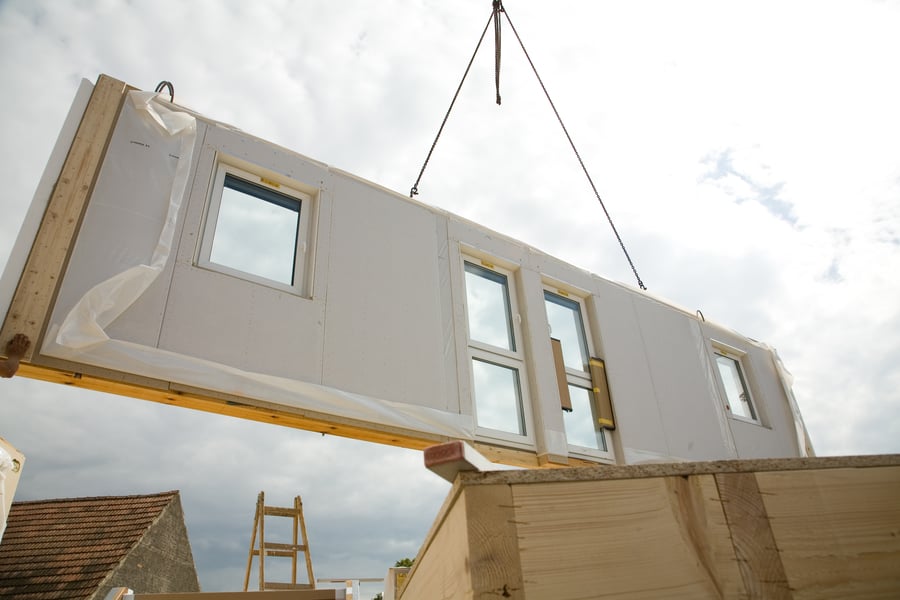
Ashley Ilsen is chief marketing officer and head of lending at Regentsmead.
I’ve always maintained that ground-up development finance is a world away from bridging loans. Whilst we as development finance lenders are often grouped together and perceived as a similar type of finance, development lending is certainly not a natural extension of bridging. An appreciation for property is essential to both types of finance, but that is really where the similarities end.
A great example of where some bridging lenders have fallen over is when it comes to an appreciation of specialist construction methods. Admittedly, talking about modular construction and SIPS isn’t the sexiest of subjects, but they could go a long way in helping provide a lot of housing in a very short space of time.
It’s a very British trait to have an almost stubborn penchant for using bricks, mortar and concrete when it comes to housebuilding. Some of our developer and builder clients at Regentsmead do enjoy venting their frustration from time to time and one of the themes I am hearing more frequently is about the costs of supplies and bricks in the UK. Supply chains seem to have slowed since the Brexit vote and this is severely hampering the rate that we are able to build houses. Cost of building materials is predicted to rise dramatically over the next few years, following our rather painful exit from the EU. Worryingly, this seems to be widely ignored by the government which I can’t understand given that housing is such a prominent topic these days.
Modular housing could well be the answer here. We have come a long way from some of the pre-fabricated solutions that we saws during the 1990s. With a huff and a puff it would be touch and go whether these would stay standing, and after a few winters you were lucky if the size of your house wasn’t very different to when you first moved in. Today we are of course in a very different age where we now have a plethora of various modular housing products. Each one I see seems to be even more superior to the last. The house is constructed in a third of the time as a brick and block structure. Usually, the house arrives on site in sections and is pieced together almost like a giant puzzle, something that has caused headaches for lenders that haven’t necessarily comprehended how to fund such buildings.
As modular housing solutions become more mainstream it’s absolutely vital for a lender to understand these products. For example, there may well be a different type of warranty required for a modular house; funds will need to be released in a different structure and when problems occur on site a lender should have the expertise to deal with it. Modular builds will also carry a different site value as they are constructed which means no more hiding behind the ‘bricks and mortar’ phraseology that we hear so often. There are also numerous risks involved in modular construction that a good development lender will have a deep understanding of.
At Regentsmead we have seen the full progression of modular housing, from simple prefabricated designs of old to the wonderful structures that we are seeing more of today. It speaks volumes that most major housebuilders are now leaning towards this type of construction, and if we are to plug a hole in the desperate need for housing in the UK it’s essential that all lenders purporting to provide development funding truly understand it and appreciate that this could well be the future of development finance.



